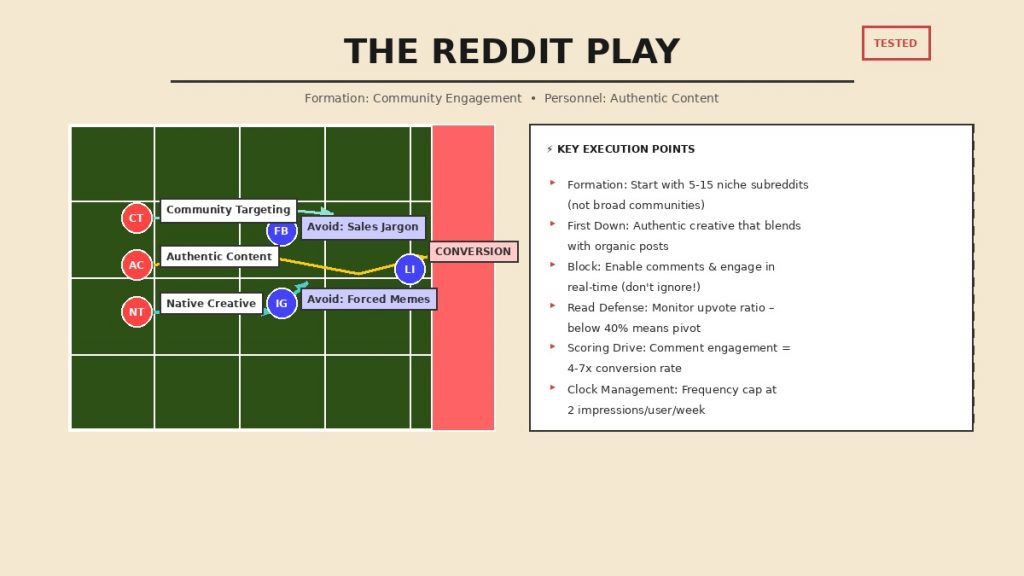If one pens a press release, the expectation tends to be that the world will come. Journalists, hungry for news, will reprint the press release verbatim. And overnight, an entrepreneur or company will be seen everywhere that matters. Better still, after that one release, the media will want to write follow-up stories about the company’s news and successes, pushing the individual or organization to new heights.
If only that were true.
For one thing, the press release content may not inspire journalists to do anything because it’s outside their scope of coverage (aka their beat). Maybe the content isn’t compelling enough to see the light of day.
Even if the release is something the target media would cover, they need to receive it in the first place. Google is a frustrating place to discover who’s writing about what to identify the target media. Worse, the journalist turnover rate is staggering for many reasons: downsizing, soft economy, AI and departures.
But let’s say the release is ready and the target media has been identified in a timely and accurate manner. Now the challenge is distribution. While it’s possible to email the press release to target media, that can be a time-consuming and error-prone experience.
In addition, one needs to know how to pitch journalists. “Hi, here’s my press release” emails are deleted without a second thought, which is why DIY tends to give way to agency assistance for any successful individual or company.
The intoxicating allure of wire services is their vast distribution. With a few clicks, one can send a release to tens, hundreds or thousands of outlets. But, as we’re fond of saying on the agency side, “spray and pray” doesn’t work.
If you’re not using wire services wisely, you run the risk of getting lost in the noise and no target media pickup whatsoever.
Not all wire distribution services are alike
Just about everyone has heard of Business Wire. Fewer outside PR and marketing have heard about PR Newswire, which directly competes with Business Wire. These are the premium wire distribution services to which reputable media subscribe. The costs are variable, based on several factors including:
- The distribution option selected
- The scope of distribution
- The word count of the release
- Visuals that can help increase coverage such as photos, images or video
A media subscription buys an outlet access to a newsfeed which they are free to use as-is or with modification, such as supplementing the release content with commentary from an executive. Perhaps the journalist is inspired to write a larger story about a trend as a result of seeing the release.
Then there are other, smaller wire services. These newswires are free of charge or less costly than the PR industry’s favorite wire services because they have smaller distribution scopes and they don’t offer all the options and benefits of their much larger and more reputable competitors. For example, Business Wire and PR Newswire review releases before they’re placed on the wire. This helps preserve the quality of the newswire, and it can also help someone who made a silly mistake or has submitted content that for whatever reason is not appropriate for distribution.
When it comes to cost, you get what you pay for, in other words. On the other hand, even the best wire services do not and cannot guarantee that your news will result in coverage.
To run or not to run
Most people tend to view wire distribution in a binary manner: they’ll run everything or nothing over the wire when the reality is that their approach should be more nuanced than that. In fact, there are times when we advise clients against running announcements over the wire because we know from experience that the media won’t care.
A common example is news that is only meaningful to partners or customers. In the larger picture, it gets down to exclusivity. If you’re targeting only your own customers or partners, the world doesn’t need to hear about it, and using a newswire won’t help. You’ll get a lot more mileage out of a blog and other marketing tools like your company newsletter.
You want to use a newswire when it makes the most sense. If you’re not working with an agency or seasoned PR professional, figuring out why something is or isn’t working can be very confusing.
At Bospar, we have lots of seasoned PR professionals and former journalists, all of whom understand what works, what doesn’t and why. That doesn’t necessarily mean that we don’t solicit feedback from others on the topic, however. And their reactions are mixed.
For example, LilaMax Media CEO Jane King said Business Wire helps her search for specific topics, geographies and companies that her affiliate stations seek. But former TV executive Ed Kosowski said TV newsrooms don’t depend on newswires; they prefer to be pitched 1:1.
Other journalists said they don’t rely on wire services because they are too noisy, and they know everyone else received the same information (which makes writing or producing a unique story more difficult). Instead, they prefer a professionally targeted pitch, especially from a PR agency they trust.
Why the preference for PR firms over everyone else?
- They’re in the business, so they know (or should know) the ins and outs.
- Wire distribution is just one tactic of many they use to get their clients media coverage.
- They’re careful to recommend skipping a wire distribution when it’s clear it will deliver low or zero ROI (such as customer- or partner-focused news).
- They make a point of understanding journalists and what they cover, so they can restrict their 1:1 outreach to those outlets that can help the client meet its business goals.
- They only use wire distribution for actual news.
Bottom line
Wire services are simply a means to an end, not an end in themselves. The trick is to use them wisely, which comes with knowledge and experience.
Many organizations replace or supplement their in-house efforts with agency assistance because they want to improve the results they’re getting, whether they have in-house PR staff or not. Even if you can’t afford to hire a public relations agency just yet, be sure to follow best practices!




